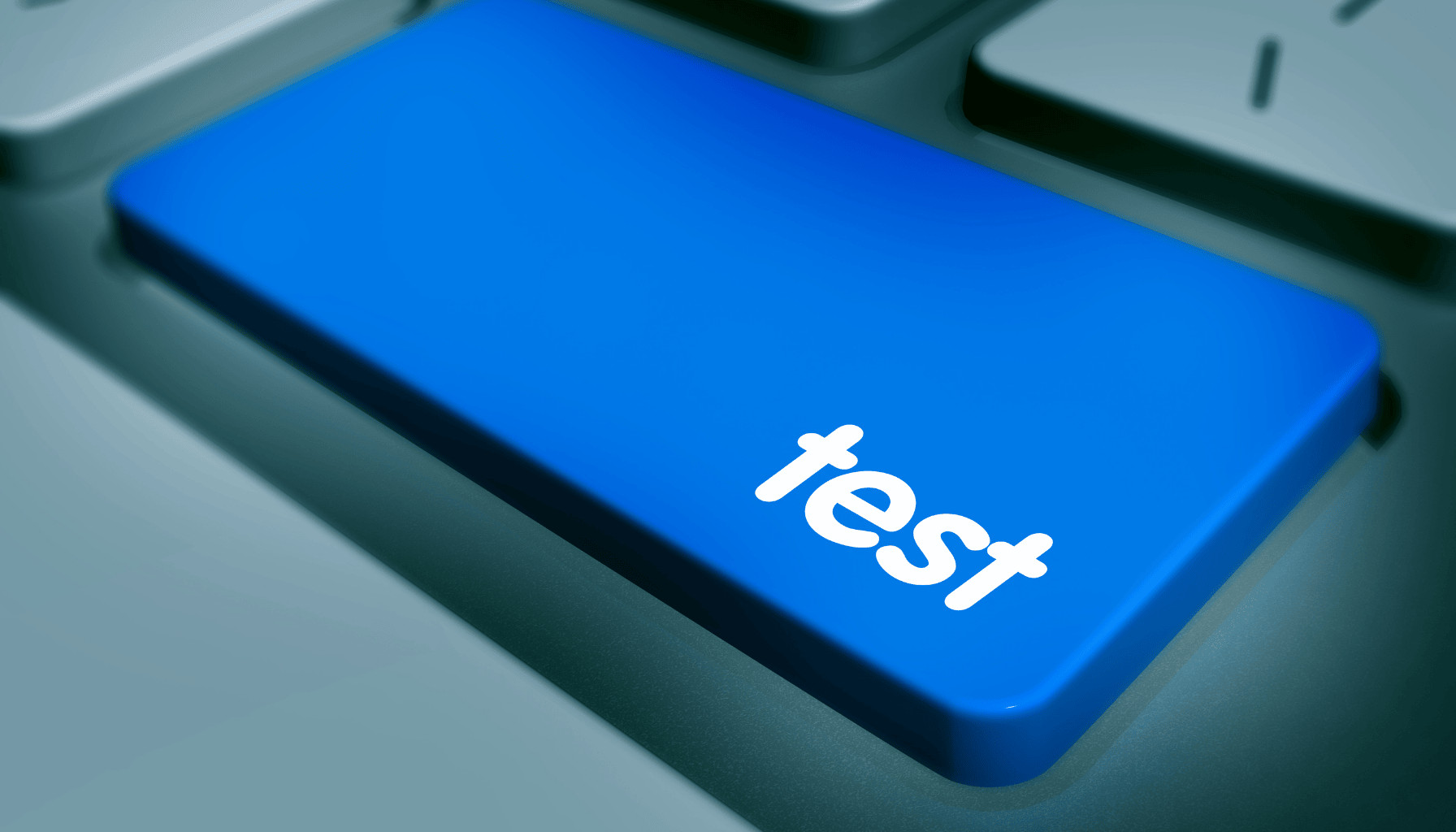
Project Management Information System
What is a Project Management Information System?
A Project Management Information System is a software platform or set of tools used to support the planning, execution, and control of projects. It helps project managers and teams collect, store, manage, and distribute project information. These systems can range from simple scheduling applications to complex, enterprise-level software solutions that integrate various project functions. A Project Management Information System improves decision-making by offering accurate data, real-time updates, and streamlined stakeholder communication. Its primary role is to enhance efficiency and ensure project objectives are met on time and within budget.
Key Points
- It centralizes all project-related data, making it easier to access, update, and share.
- Most systems offer scheduling, budgeting, resource management, document control, and reporting tools.
- Depending on the organization’s needs, it can be cloud-based or hosted on local servers.
- Real-time data tracking allows project managers to identify issues early and take corrective actions.
- The system supports collaboration by providing a shared workspace for all team members.
- Integration with other business systems, such as accounting or human resources software, increases effectiveness.
- Security features are essential to protect sensitive project data.
- Training and user adoption are critical for successful implementation.
Related Terms
- A work breakdown structure outlines a project’s scope and can be managed within a Project Management Information System (PMIS).
- Project scheduling tools are often a core component of a Project Management Information System.
- A project charter is typically stored and referenced during the project lifecycle.
- Project teams use features within the system to calculate and visualize the critical path method.
- The project manager optimizes resource allocation using data provided by the Project Management Information System.
- The system’s documentation tools track and update risk management plans.
- Integrated messaging and reporting features improve stakeholder communication.
- The system often generates earned value management metrics to assess project performance.
Project Management Information System: Example
A construction company coordinates the building of a new office complex using a project management information system. The system stores architectural drawings, tracks material deliveries, and monitors labour hours. Team members from different departments access the same schedule and cost reports, allowing them to collaborate effectively and respond quickly to delays or changes.
Project Management Information System: Best Practices
- Select a system that matches the size and complexity of your projects.
- Ensure all team members receive proper training before using the system.
- Regularly update data to maintain accuracy and relevance.
- Set user permissions to control access and protect sensitive information.
- Use the system consistently across all projects for better performance tracking.
- Integrate the system with other enterprise tools to maximize its value.
- Periodically review and adjust settings to align with evolving project needs.
Additional Resources
Preparing for a PMI certification?
- Exam Prep Courses: PMP®, CAPM®, and PMI-ACP®
- Exam Simulators: PMP®, CAPM®, PMI-ACP®, PMI-PBA®, PMI-RMP®, PMI-SP®, PgMP®, and PfMP®
- Professional Development Units (PDUs): 15, 30, and 60 PDU Bundles




